-2023-10-24-19-47-22.jpg)
The Kakina Zamindar House in Lalmonirhat was once the residence of a local landlord during the British colonial period. Established in 1687 AD by Mughals, it was one of the largest zamindaris in Rangpur district. After an expulsion by Mughal Faujdar Ibadat Khan, Raghu Ram and his four sons were granted zamindari Sanad by their aunt. Later, Rudra Roy and Rasik Roy provided Alka Devi with the zamindari, and Ram adopted Radraray Chowdhury.
In 1884, Ram Rudra Roy Chowdhury was acknowledged as Kakina Zamindar by Peter Moore, the Rangpur District Collector. Shambhucharan Roy Chowdhury was appointed zamindar of Kakina in 1849, and his greatest accomplishment was the large lake known as Shambhu Sagar. He funded the launch of the weekly newspaper "Rangpur Prakash" in 1860, the first newspaper in the Greater Rangpur district.
In 1874, Mahima Ranjan Roy Chowdhury was appointed zamindari, a sevi zamindar of literature and culture. He constructed an extensive library in Kakina and contributed to the expansion of railways in Rangpur district. He also founded a museum in Kakina and served as Rangpur Sahitya Parishad's first president in 1907. However,The Kakina Zamindar House is a splendid example of traditional Bengali architecture with influences from both Mughal and colonial styles.
The house is adorned with exquisite woodwork, showcasing intricate carvings on pillars, balustrades, and door frames. These intricate details add a touch of elegance and craftsmanship to the structure.
The facade of the Kakina Zamindar House is grand and imposing. It often features a symmetrical arrangement of windows and doorways, creating a sense of balance and proportionality.
Layout of the house is designed around spacious courtyards, providing open areas for gatherings and activities. These courtyards also allow for natural light and ventilation, enhancing the overall ambiance.
Elements of colonial architecture, such as verandas with ornate railings and spacious halls, may be incorporated into the design. These features contribute to the house's distinctive charm.
The house may include architectural details like arches, niches, and alcoves, which add depth and character to the overall structure. These details are often complemented by decorative motifs.
The architectural elements of the Kakina Zamindar House may carry cultural symbolism, reflecting the socio-cultural values and traditions of the time. This adds a layer of historical significance to the design.
The fusion of Mughal, colonial, and indigenous Bengali architectural elements creates a unique and harmonious aesthetic. This blend of styles results in a visually appealing and culturally rich architectural composition.
How to go & Where to Stay
It is approximately 368 kilometers by road or railway from Dhaka. After arriving at Lalmonirhat, you can take local transportation to Zamindar Bari. The Kakina bazar bus-stand is 21 kilometers from Lalmonirhat. The Zamindar Bari is about 200 yards from the bus stop. You can take the railway from Lalmonirhat to Kakina rail station, which is about 2 kilometers south.
The districts of Dhaka and Lalmonirhat are interconnected by road. To get to Lalmonirhat, take a bus from Dhakaeither from Gabtoli or Shyamoli bus-stand.
There are some decent places with homely environment for staying in Lalmonirhat. However, their quality is not up to the mark.

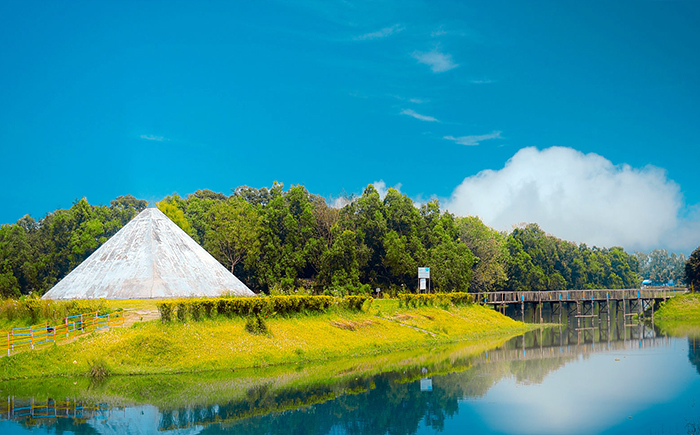
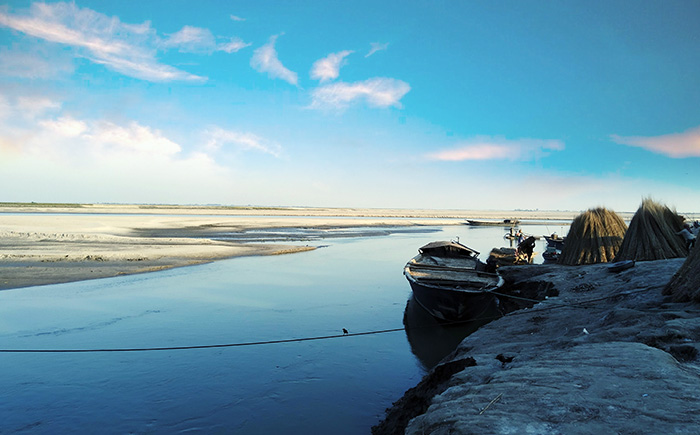
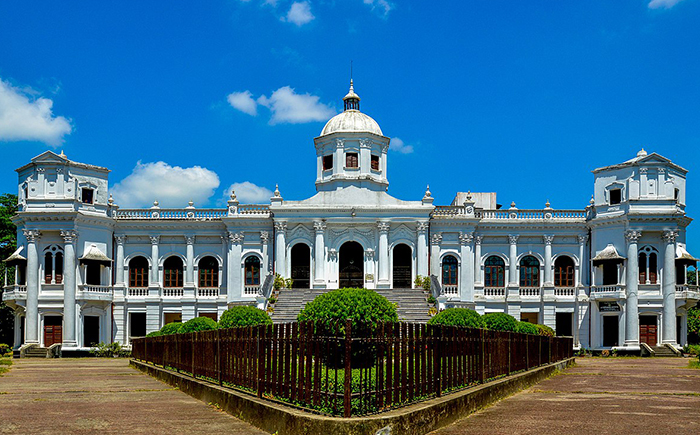
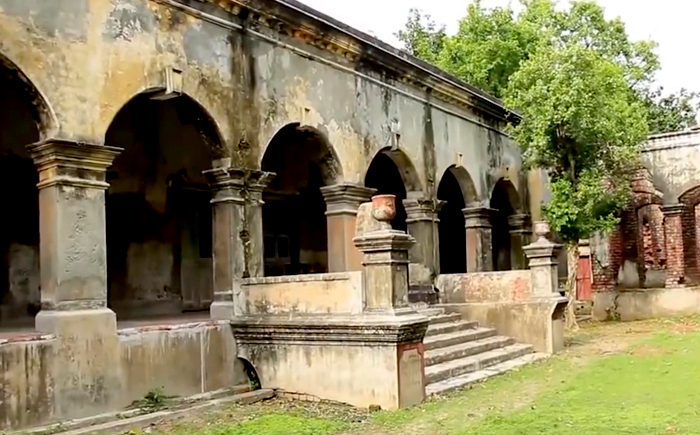
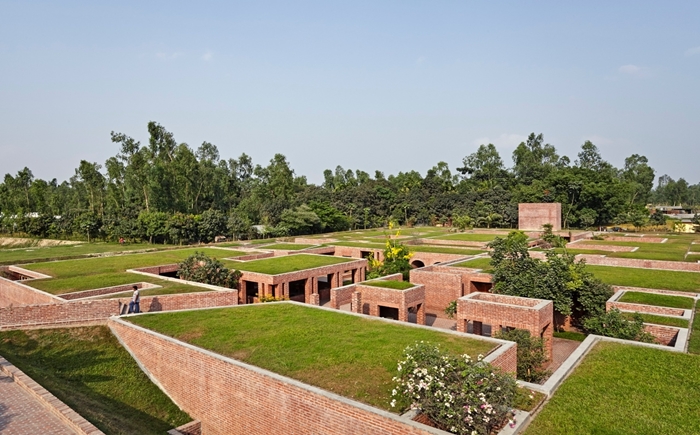
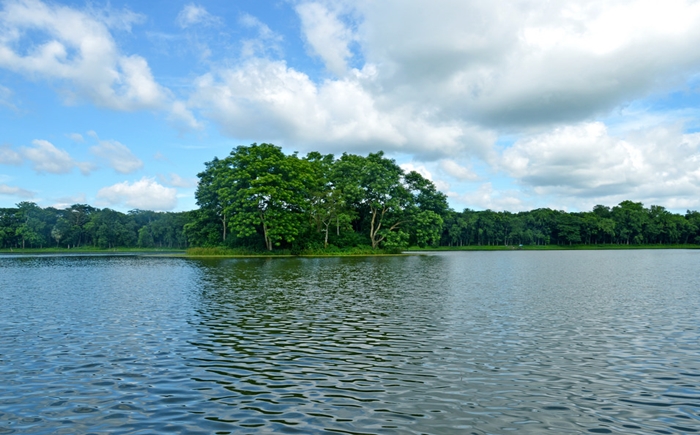


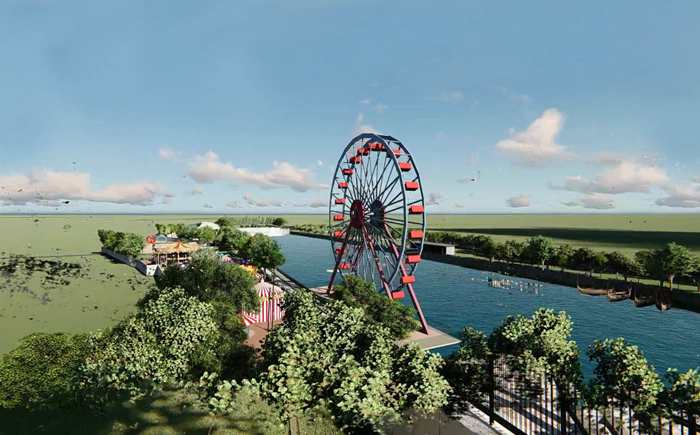


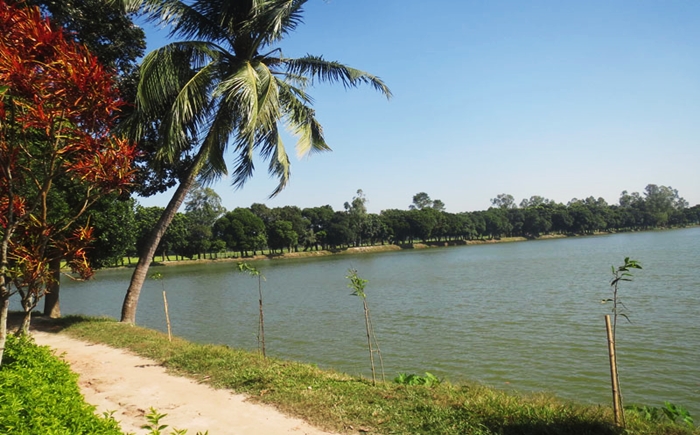
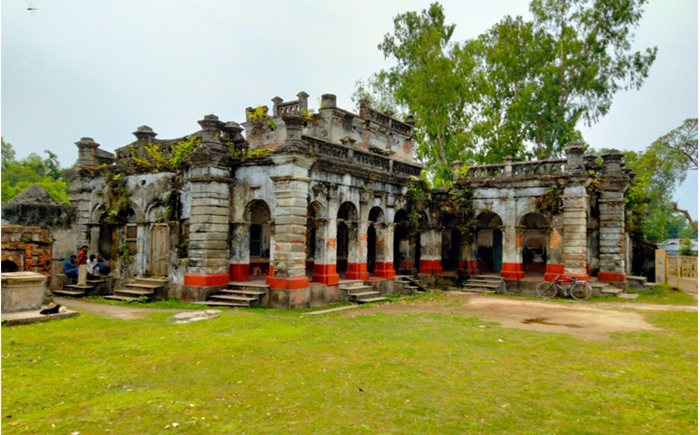
Leave your valuable comments: